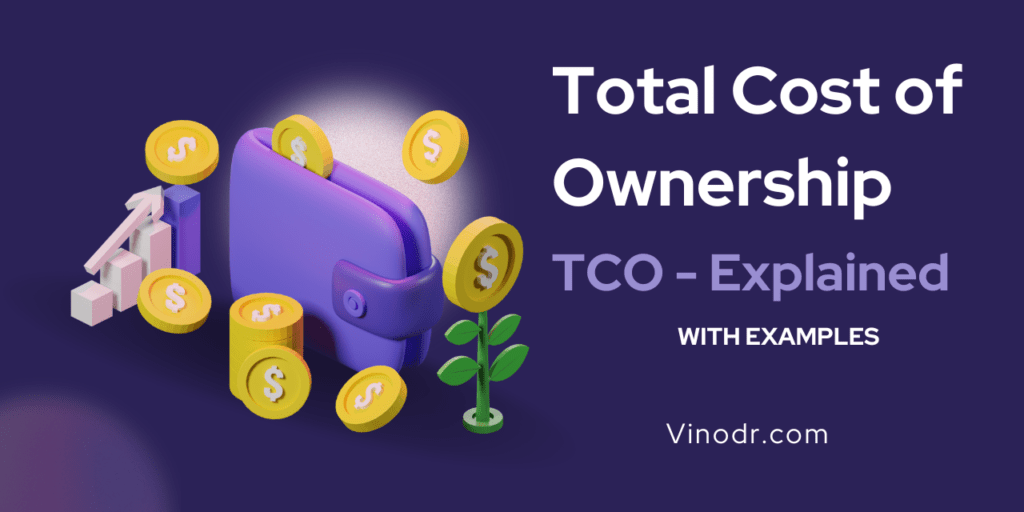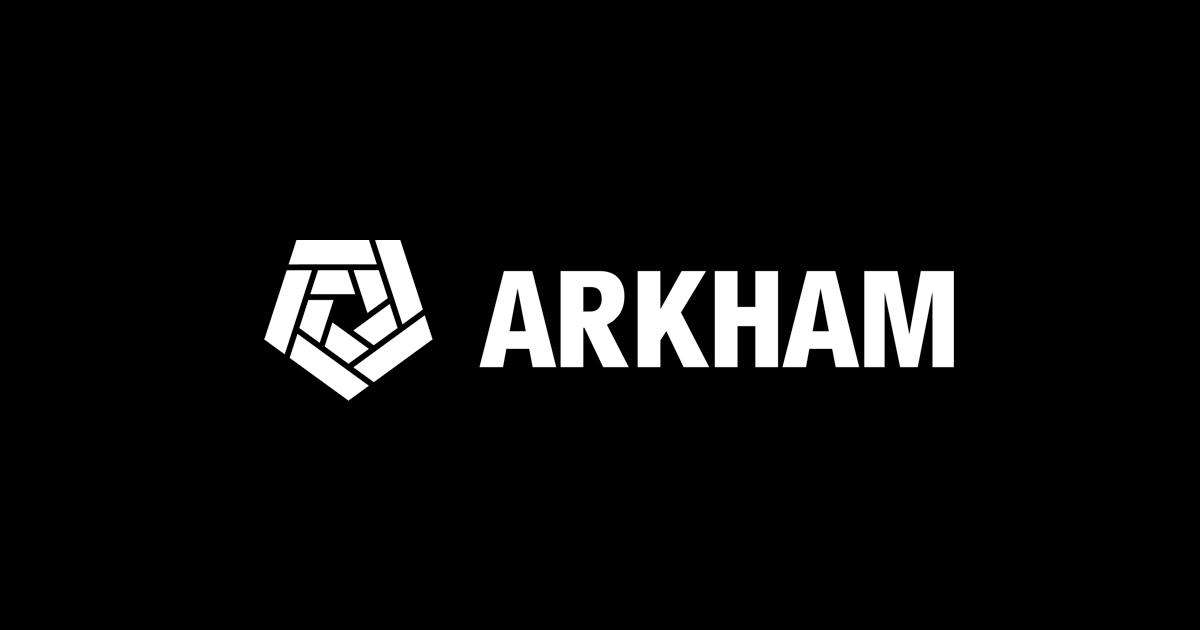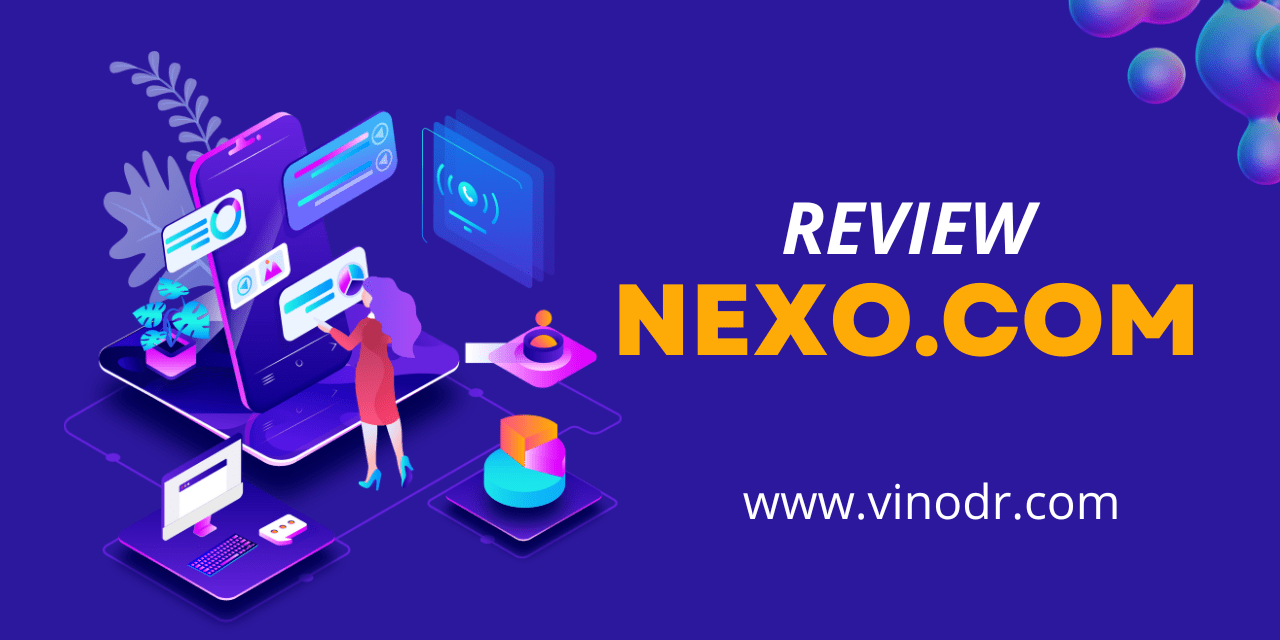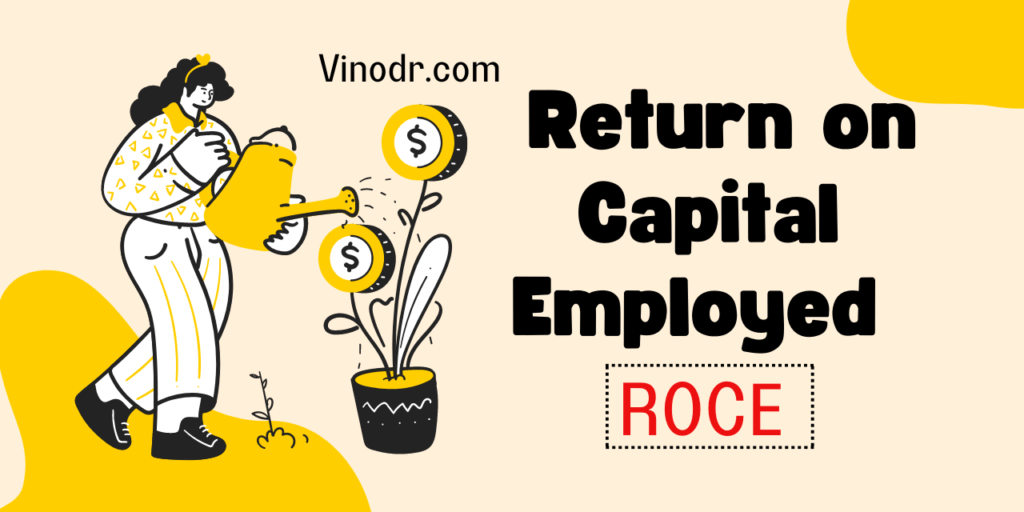Unveiling the Hidden Costs Mastering Total Cost of Ownership Calculation with a Real-Life Example
In the world of business and finance, making informed decisions is paramount to success. One crucial aspect of decision-making, especially when it comes to procurement, is understanding the Total Cost of Ownership (TCO). TCO goes beyond the initial purchase price of an asset, product, or service, considering all associated costs over its entire lifecycle. In this article, we’ll delve into how TCO is calculated and illustrate its significance with a real-world example.
Understanding Total Cost of Ownership (TCO)
Total Cost of Ownership is a comprehensive financial estimate that evaluates the overall expenses associated with owning, operating, and maintaining an asset or product throughout its lifespan. It’s a strategic approach that enables organizations to make well-informed decisions by factoring in all direct and indirect costs. TCO takes into account various components, including:
1. Purchase Price: This is the initial cost of acquiring the asset or product.
2. Operating Costs: These include ongoing expenses like energy consumption, maintenance, repairs, and consumables.
3. Deployment and Implementation Costs: Expenses related to setup, installation, and any required modifications.
4. Training and Support Costs: Costs associated with training employees to use the asset and providing technical support.
5. Downtime and Productivity Losses: The impact of downtime on productivity and potential revenue loss.
6. Disposal or End-of-Life Costs: Costs incurred when disposing of or replacing the asset.
Calculating TCO: Step by Step
Calculating TCO involves a systematic approach that accounts for all relevant costs. Here’s a step-by-step breakdown:
Step 1: Identify Costs
Compile a comprehensive list of all potential costs associated with the asset or product, from acquisition to disposal. This should include both direct costs (e.g., purchase price) and indirect costs (e.g., maintenance, downtime).
Step 2: Assign Monetary Values
Assign monetary values to each cost component. Some costs are straightforward (e.g., purchase price), while others may require estimation (e.g., potential productivity loss due to downtime).
Step 3: Determine Timeframe
Decide on the timeframe over which you’ll assess the TCO. This could be the expected lifespan of the asset or a predetermined period, such as five years.
Step 4: Calculate Present Value
Adjust future costs to their present values to account for the time value of money. This involves using an appropriate discount rate to discount future costs back to their current worth.
Step 5: Sum Up Costs
Add up all the present values of costs to arrive at the TCO.
Illustrating TCO with an Example: Company XYZ’s Printer
Let’s consider a practical example of how TCO works. Company XYZ is in need of a new office printer. They have two options: Printer A, which costs $500 upfront, and Printer B, which costs $800 upfront. Here’s the breakdown of additional costs over a five-year period:
– Operating Costs (Per Year):
– Printer A: $150
– Printer B: $100
– Maintenance Costs (Over Five Years):
– Printer A: $300
– Printer B: $200
– Downtime and Productivity Loss (Estimated):
– Printer A: $100
– Printer B: $50
Using a discount rate of 5%, the TCO calculation for both printers over five years would be as follows:
Printer A TCO:
$500 + ($150 + $300 + $100) / (1 + 0.05)^1 + ($150 + $300 + $100) / (1 + 0.05)^2 + ($150 + $300 + $100) / (1 + 0.05)^3 + ($150 + $300 + $100) / (1 + 0.05)^4 + ($150 + $300 + $100 + $100) / (1 + 0.05)^5 = TCO_A
Printer B TCO:
$800 + ($100 + $200 + $50) / (1 + 0.05)^1 + ($100 + $200 + $50) / (1 + 0.05)^2 + ($100 + $200 + $50) / (1 + 0.05)^3 + ($100 + $200 + $50) / (1 + 0.05)^4 + ($100 + $200 + $50 + $50) / (1 + 0.05)^5 = TCO_B
Comparing the TCOs of both printers, Company XYZ can make an informed decision based on a more comprehensive understanding of costs.
Total Cost of Ownership provides a holistic view of expenses associated with assets or products, allowing organizations to make better purchasing decisions. By considering not just the initial purchase price but also operating, maintenance, and other associated costs, TCO empowers businesses to choose options that align with their long-term financial goals. Incorporating TCO calculations into decision-making processes can lead to more cost-effective and strategic choices, ultimately contributing to improved bottom-line results.
Feel free to check out: Return on Capital Employed- ROCE













